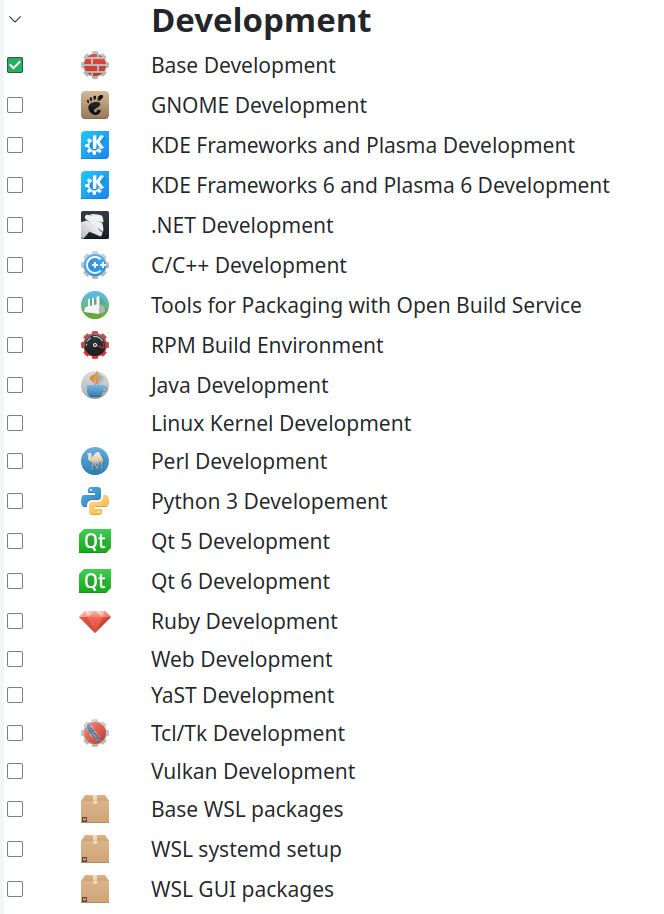Normally, the process is:
- install the packages for the desktop environment
- log out (not just locking the screen)
- find a dropdown or cogwheel where you can select the other desktop environment
- log in
Having said that, I don’t know what you mean with “graceful”. Desktop environments may involve lots of packages, which may create configuration files in your home directory or get auto-started in your other DEs, so it can be messy.
Something minimal, like LXQt or the various window managers, isn’t going to cause much of a mess, though.
I guess, creating a second user with a separate home-directory, like the other person suggested, would isolate that potential mess…


















Man, it really is like an extremely dense but dedicated intern. Does not question for a moment why it’s supposed to make fun of an interval, but delivers a complete essay.
Just make sure to never say “let’s eat Grandpa” around an AI or it’ll have half the leg chomped down before you can clarify that a comma is missing.